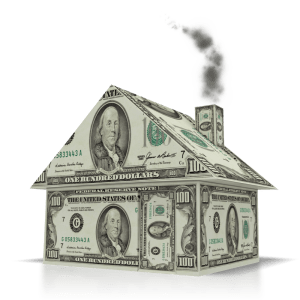Home prices in the US are near all-time highs. As I repeatedly stated, we can no longer look at real estate on the national level. Demand and value are contained to certain states and areas of certain states that the public has deemed most desirable, largely due to political factors such as taxes. Yet, at the moment, buyers are swiping up real estate where available. The S&P CoreLogic Case-Shiller posted a 6.4% gain in February after January’s 6% spike, marking the fastest uptick in home prices since November 2022.
The 20-city composite jumped 7.3% on an annual basis, rising from January’s posting of 6.6%. The 10-city composite saw an 8% annual rise, up from 7.4% in January. February was the third consecutive month of rising home prices in all cities, with Washington D.C., New York, San Diego, and Los Angeles experiencing all-time highs in price.
San Diego saw an 11.4% annual rise in home prices, the largest jump in the 20-city composite. Detroit and Chicago posted 8.9% annual gains. Yes, we will eventually see the red states surpass the blue. Smart money is moving into assets like real estate. The downside of real estate is that they impose a property tax on it annually, but investors enjoy that passive income.
There is a notion of “now or never” among first-time buyers as it simply no longer makes sense financially to rent. A person’s ability to qualify for that first downpayment has diminished with rising rental costs. Rental costs increased 3.15% from February 2023 to February 2024, further rising to 3.6% annually in March of this year. This is close to the pre-pandemic growth rate of around 4.1%, but rental pricing is up 36.6% from the pre-pandemic era. While difficult to judge on a national basis, the average rental now costs $1,983 per month, but it is much higher in places like New York City ($3,206 average) or San Francisco ($3,024) hence why we are seeing people sweeping up real estate there.
Shelter is 34% of CPI. The April 10 release from the Bureau of Labor Statistics found that shelter costs have risen for the past 40 months. In March, shelter costs were the largest contributing factor for core inflation. Rising home prices will not benefit the economy or lead to any positive indicators that inflation is waning.
Views: 354
